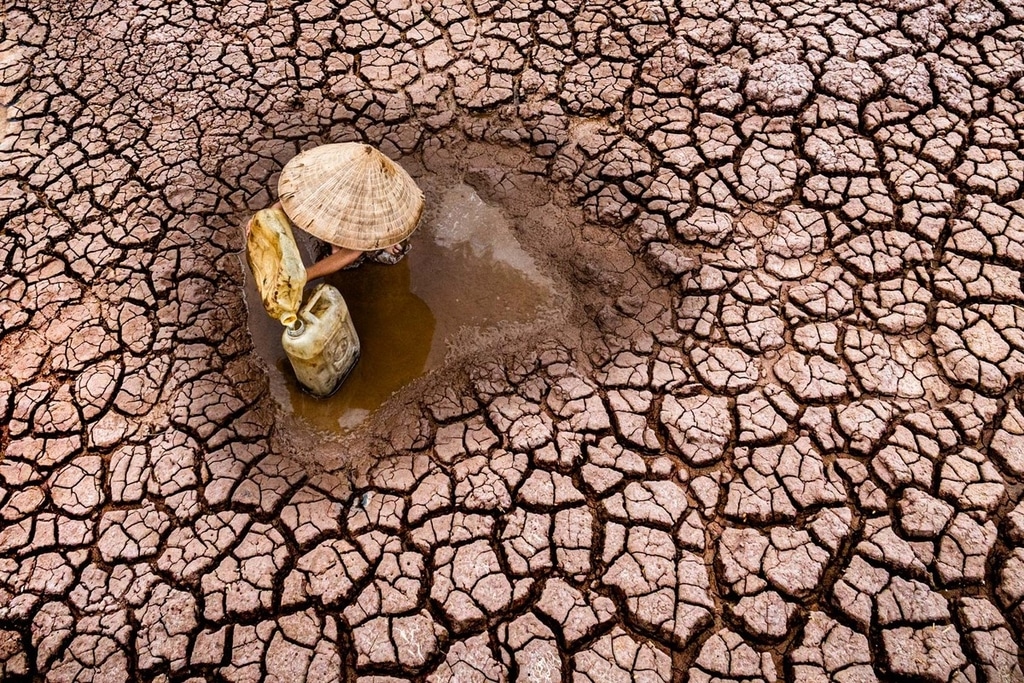The world is facing an escalating water crisis, with climate change, population growth, and mismanagement straining freshwater resources. Rivers, lakes, and underground aquifers are depleting at alarming rates, threatening agriculture, industry, and human survival.
Experts warn that over two billion people could face severe water shortages by 2035, making access to clean and safe water a global priority.
Environmental and Economic Impacts
Water scarcity affects both ecosystems and economies. Agricultural output declines due to droughts and unreliable irrigation, while energy production, dependent on water, faces operational challenges.
Countries heavily reliant on agriculture and hydropower are particularly vulnerable. Food prices, energy costs, and public health are directly impacted, creating social and economic instability.
Technological Innovations to Address Water Scarcity
Emerging solutions include desalination plants, water recycling technologies, and smart irrigation systems. AI-powered monitoring and predictive analytics help optimize water usage and detect leakages, improving efficiency across urban and rural regions.
Private companies and governments are collaborating to deploy these innovations, ensuring sustainable water management for both industrial and domestic purposes.
Policy Measures and International Cooperation
Global leaders are emphasizing cross-border cooperation to manage shared water resources. Policies focus on conservation, infrastructure investment, and equitable distribution. International organizations provide funding, research, and technical assistance to regions most at risk.
Despite these efforts, fragmented governance, political disputes, and lack of funding remain significant obstacles to global water security.
Future Outlook
Experts predict that without immediate action, water scarcity could escalate into a humanitarian crisis affecting billions. Sustainable practices, technological innovation, and international cooperation are essential to mitigate the impact and ensure reliable access to water for future generations.
FAQs
What is causing the global water crisis?
Climate change, population growth, pollution, and poor water management are major contributors.
Which regions are most at risk?
Africa, the Middle East, South Asia, and parts of Latin America face severe water scarcity.
What technological solutions exist?
Desalination, water recycling, smart irrigation, and AI-powered monitoring improve water efficiency.
How are governments responding?
Through conservation policies, infrastructure investment, and international collaboration on shared resources.
What is the long-term outlook?
Without immediate action, billions could face water shortages, making sustainable management critical.
Conclusion
The global water crisis highlights the urgent need for sustainable resource management and international collaboration. By leveraging technology, implementing effective policies, and fostering global cooperation, nations can ensure equitable access to water and protect ecosystems.
Addressing this challenge today will secure water resources for future generations, support economic stability, and prevent widespread humanitarian crises.

Leave a Reply